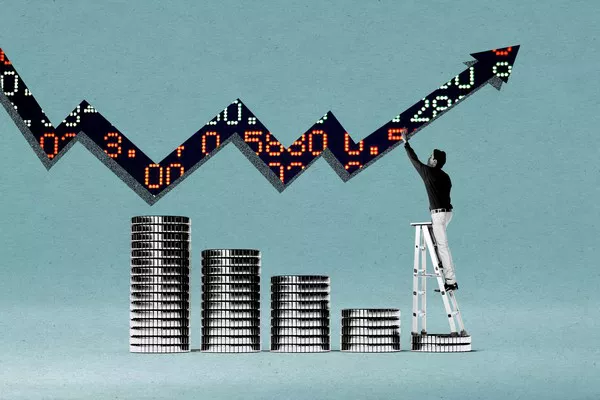The United States government is on the brink of a potential shutdown as September comes to a close, with lawmakers showing little progress in reaching a consensus on a spending bill.
With less than five days remaining for Congress to approve and pass a spending bill, analysts anticipate that a government shutdown is increasingly likely. Such an event would entail the suspension of a wide array of government services, leaving thousands of government employees facing furloughs without pay.
Worries surrounding a possible government shutdown have weighed on U.S. stock indexes over the past week, exacerbated by concerns of a hawkish Federal Reserve. The S&P 500, for instance, has experienced a 2.7% decline over the last seven days.
However, despite expectations that a shutdown could pose additional challenges for the U.S. economy, particularly in light of enduring high-interest rates and persistent inflation, historical data suggests that stock markets have historically performed well during previous government shutdowns over the last decade.
Consistent Gains in the S&P 500 During Past Shutdowns
During the prolonged 2018-2019 government shutdown, which extended to a record 35 days, the S&P 500 initially dropped by 7% in the week preceding the shutdown’s commencement. It experienced an additional 2.7% dip on the day the shutdown was officially announced. However, during the shutdown period itself, the index rebounded by more than 11%.
In January 2018, the U.S. government briefly shut down for two days due to disagreements regarding a spending bill. Prior to the shutdown, the S&P 500 had risen by 0.8% in the week leading up to the event. Following the brief shutdown, the index surged significantly in the subsequent week, reaching a record high at that time.
In 2013, during a 16-day shutdown in October, the S&P 500 initially declined by as much as 2.9% in the first week of the shutdown. However, it rebounded by nearly 5% over the following nine days, ultimately reaching record highs in the weeks that followed.
Further back, during a series of shutdowns in late 1995 and early 1996, the S&P 500 had experienced an increase of over 4%. Notably, the index reached record highs approximately a month after the conclusion of the December 1995 to January 1996 shutdown.
Economic Risks in the 2023 Shutdown
Despite the historical stock market resilience during government shutdowns, analysts are cautioning that the U.S. economy faces substantial risks from such disruptions. The shutdown coincides with a period in which the U.S. economy is still grappling with the aftermath of a sharp increase in interest rates over the past year.
Goldman Sachs analysts recently stated that a government-wide shutdown is expected to reduce growth by approximately 0.15 percentage points per week it persists, or roughly 0.2 percentage points when considering its impact on the private sector.
The concerns about a shutdown arise just a month after the U.S. government narrowly averted a potential default by passing a contentious spending bill. Notably, Goldman Sachs Chief U.S. Political Economist Alec Philips commented in a note that, “Unlike the debt limit… a shutdown would be much more manageable from a macroeconomic perspective,” though he also acknowledged that the relatively mild economic effects of a shutdown could make it more likely for Congress to fail to act in time.
On Monday, ratings agency Moody’s indicated that a government shutdown could negatively impact the U.S. credit rating. This warning follows a recent downgrade by Fitch of the U.S. rating, citing increasing polarization between Republican and Democrat policies as a hindrance to effective policymaking.


